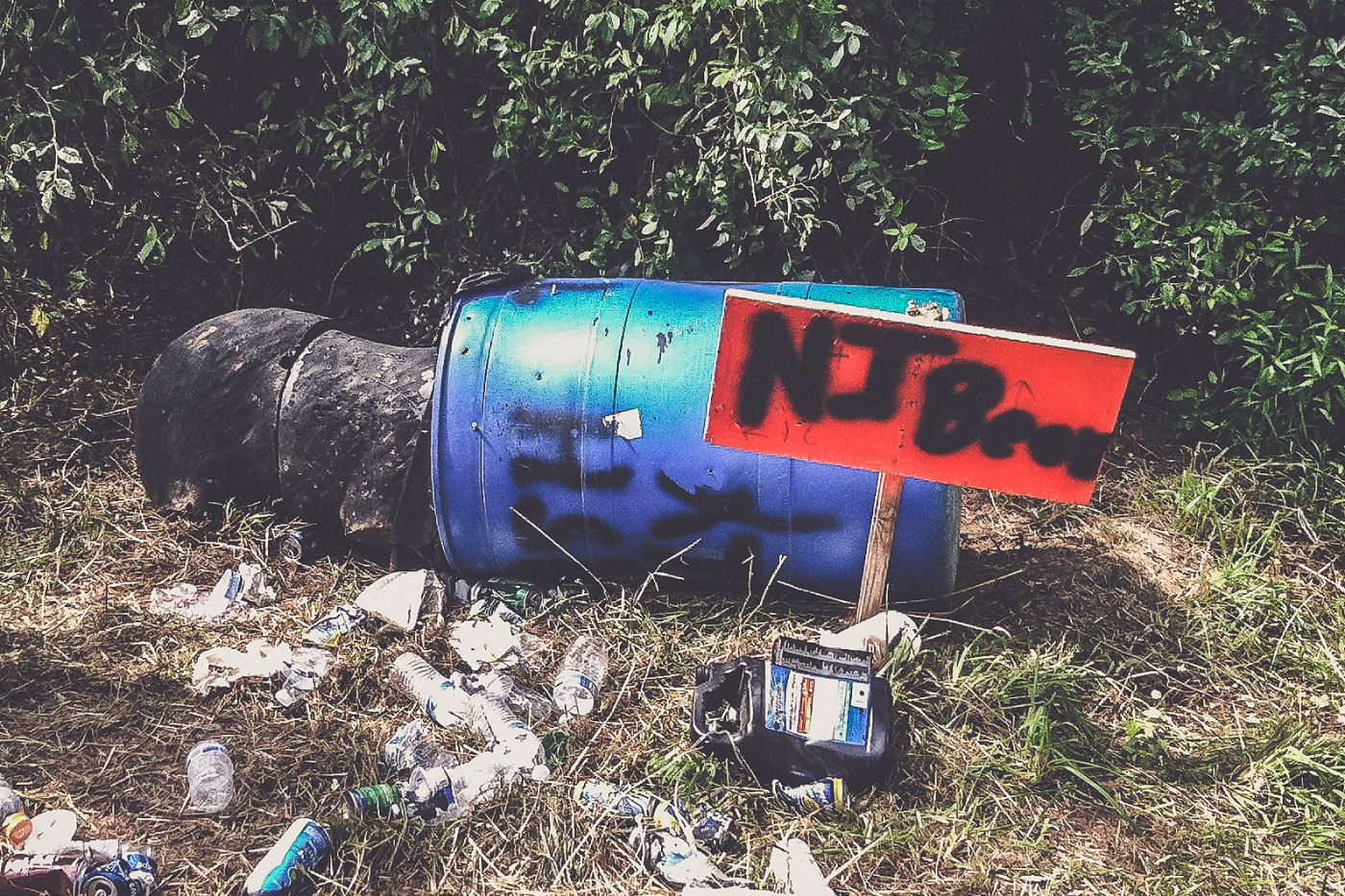Home » News » The Science of Fear: The Strongest Memory
The Science of Fear: The Strongest Memory

A.J. DeRosa founded Project Upland in 2014 as an excuse…
The Science of Fear series focuses on how whitetails become conditioned to fear humans. The way deer respond to the same stimuli over different locations varies widely, even within a mile from one another. Sometimes this stimuli is a behavior. Other times, it could be a scent. So what kinds of scents are whitetails conditioned to fear—and what scents attract them?
A scent that causes a specific reaction in one location could have a completely different effect in another. You must keep this in mind when hearing about other people’s experiences. Although you may have never had the same experience with a deer, they very well could have somewhere else.
Whitetails first need to be exposed to a scent in order to associate a certain experience with it. In rural woods, the human scent is a sure indication of danger. In suburban America, the smell of humans elicits a far more complicated response. If deer ran in panic at every human scent in the suburbs, there would be nowhere left to run. This forces them to create complex interpretations of the stimuli of human scents. If a whitetail smells cologne on a walking trail, they will most likely dismiss it but become alert. If you take that same cologne scent and move it a hundred yards off the trail, you will cause utter panic in the same deer.
Hunters can argue about the importance of controlling their scents while hunting in rural woods. But is scent control relevant in suburban America?
I think that scent control is applicable, but comes with very different rules. If you intend to still hunt walking trails, using perfume and cologne may be an advantage to a clever hunter. Suburban whitetail do not likely associate negative experiences with these scents. Using these scents may make them more relaxed. On the other hand, classic mainstream hunting scents like earth scent could possess a negative association with your local deer.
The ability to dissect how a local deer population interprets human scent is essential, especially since it can vary within short distances. I cannot dismiss scent control as a whitetail hunting method. To be honest, I practice scent control in a lot of ways. Sometimes, I even use ‘Slay’ Odor Neutralizer during the season.
We should not fear new techniques that use scent even if they sound strange. That gasoline on our boots from the gas station may not be a deal breaker after all.
A.J. DeRosa founded Project Upland in 2014 as an excuse to go hunting more often (and it worked). A New England native, he grew up hunting and has spent over 30 years in pursuit of big and small game species across three continents. He started collecting guns on his 18th birthday and eventually found his passion for side-by-side shotguns, inspiring him to travel the world to meet the people and places from which they come. Looking to turn his passion into inspiration for others, AJ was first published in 2004 and went on to write his first book The Urban Deer Complex in 2014. He soon discovered a love for filmmaking, particularly the challenge of capturing ruffed grouse with a camera, which led to the award-winning Project Upland film series. AJ's love for all things wild has caused him to advocate on the federal and state levels to promote and expand conservation policy, habitat funding, and upland game bird awareness. He currently serves as the Strafford County New Hampshire Fish & Game Commissioner in order to give back to his community and to further the mission of the agency. When those hunting excuses are in play, you can find him wandering behind his Wirehaired Pointing Griffon in the mountains of New England and anywhere else the birds take them.




Deer are smart critters. Even time of day, weather conditions, etc., can affect how they respond to odor stimuli